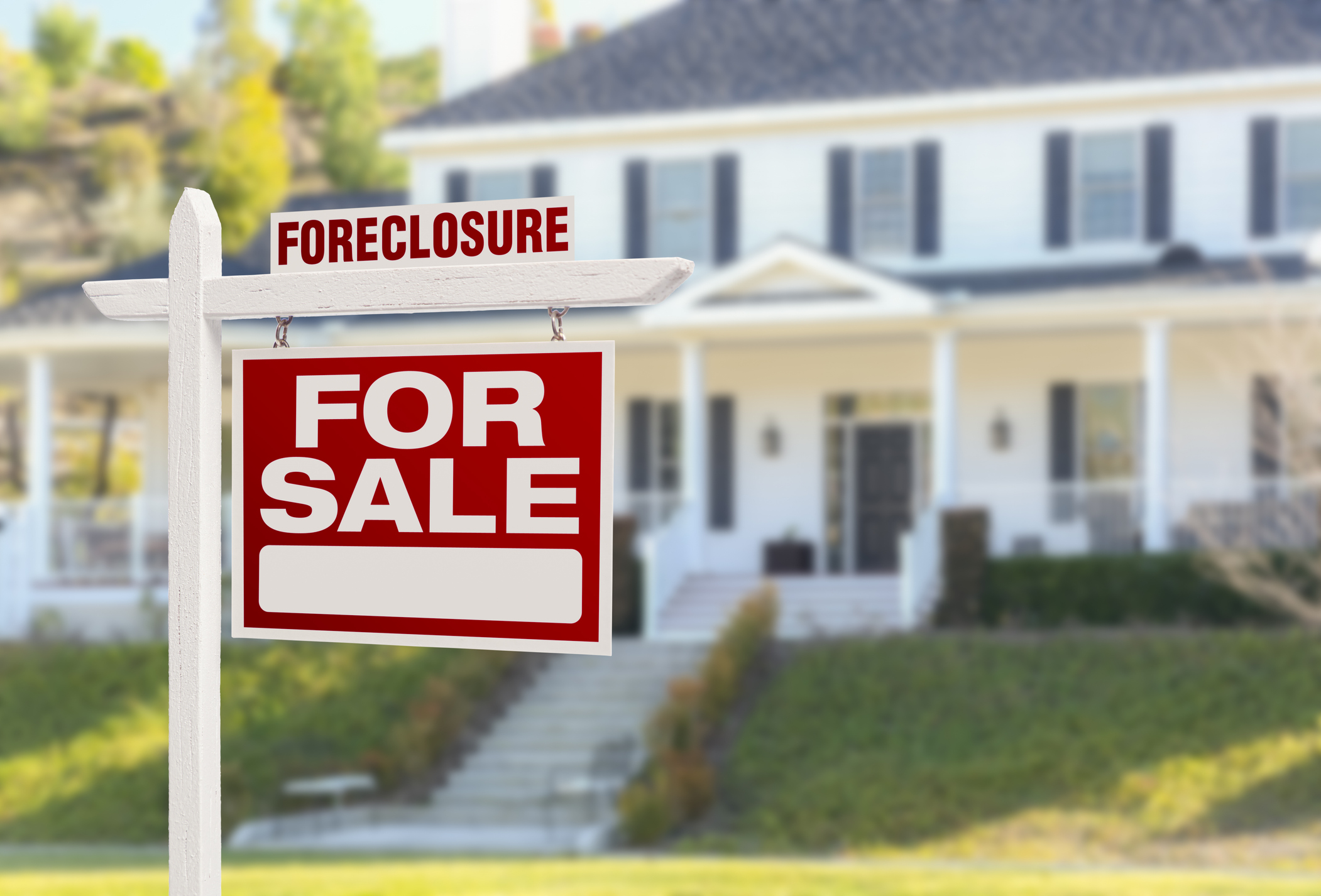6 Things You Must Know About Low-Water Lawns
How to cut your water bill and still enjoy an attractive yard.

1. Turn off the spigot.
U.S. homeowners saturate their yards with about one-third of the water they buy from their water utility—-an average of 29,000 gallons a year—-and in some areas, it’s half or more. Even in drought-stricken California, grass doesn’t need daily watering to survive and thrive, and it might do well enough with none, says Dr. Jim Baird, a turf-grass specialist with the University of California at Riverside. Ask a local expert how often and how much you should water the type of grass in your yard, and turn off the sprinkler entirely during your region’s wet season. One simple test: If you step on your grass and it springs back, it doesn’t need watering.
2. Let your lawn water itself.
Use a mulching mower blade so the clippings help the soil retain moisture and nourish your lawn. Set the blade for the highest cut appropriate to your type of grass; longer blades shade each other and reduce evaporation. A judicious application of fertilizer will help your grass endure the dry season. If you use a lawn service, ask it to follow these guidelines.
3. Tune up your sprinkler system.
Nozzles can get clogged, pipes can break and leak, and automatic controllers often aren’t set for current conditions. Signs your system needs help? You’re irrigating when it’s raining; puddles are forming in the yard; water is soaking the sidewalk and driveway and running into the street. It may be time to call in an irrigation specialist certified by the Irrigation Association (go to www.irrigation.org to find a member company) to audit your system and redesign, reschedule, repair and maintain it as needed. An in-depth audit costs from $400 to $700, but your water utility may provide it free.
From just $107.88 $24.99 for Kiplinger Personal Finance
Become a smarter, better informed investor. Subscribe from just $107.88 $24.99, plus get up to 4 Special Issues

Sign up for Kiplinger’s Free Newsletters
Profit and prosper with the best of expert advice on investing, taxes, retirement, personal finance and more - straight to your e-mail.
Profit and prosper with the best of expert advice - straight to your e-mail.
4. Bluegrass is for playing, not planting.
“Cool season” grasses that can survive northern winters (such as Kentucky bluegrass, rye grass or tall fescue) don’t belong in hot, dry places. If you live where winters are warm, be ruthless: Tear out or kill off the grass and replace it with a “warm season” grass that is drought-tolerant, such as Bermuda, zoysia or buffalo grass, says Baird. True, your lawn will turn brown in winter, but it will need at least 20% less water. (If you must, spray-paint it green!)
5. Ask about incentives.
You may get paid to expand mulched beds and plant native or well-adapted trees, shrubs, ornamentals and ground covers (a practice called xeriscaping). The Southern Nevada Water Authority says it reimburses its customers up to $1.50 per square foot to convert to a “water smart” landscape. Other utilities in the Southwest also offer “cash for grass” programs that pay up to $2 per square foot of turf you remove. Many pay to improve irrigation-system components, and the San Antonio Water System will pay customers up to $3,500 if they retire their systems permanently. Some utilities offer rebates if you purchase rain barrels (to collect and reuse rainwater), as well as mulch, compost, pool covers and efficient pool filters. Check your water utility’s Web site to see what’s available and how to qualify.
6. AstroTurf is not the answer.
Synthetic turf may be a tempting alternative. New products are realistic-looking, evergreen and never need mowing. But artificial grass is much hotter than natural turf and will still need water to cool it for play on hot days and to clean it, especially if you have pets.
Profit and prosper with the best of Kiplinger's advice on investing, taxes, retirement, personal finance and much more. Delivered daily. Enter your email in the box and click Sign Me Up.

-
 How Much a $100k Jumbo CD Earns You
How Much a $100k Jumbo CD Earns YouYou might be surprised at how fast a jumbo CD helps you reach your goals.
-
 How Charitable Trusts Benefit You and Your Favorite Charities
How Charitable Trusts Benefit You and Your Favorite CharitiesThese dual-purpose tools let affluent families combine philanthropic goals with advanced tax planning to generate income, reduce estate taxes and preserve wealth.
-
 A 5-Step Plan for Parents of Children With Special Needs
A 5-Step Plan for Parents of Children With Special NeedsGuidance to help ensure your child's needs are supported now and in the future – while protecting your own financial well-being.
-
 How to Search For Foreclosures Near You: Best Websites for Listings
How to Search For Foreclosures Near You: Best Websites for ListingsMaking Your Money Last Searching for a foreclosed home? These top-rated foreclosure websites — including free, paid and government options — can help you find listings near you.
-
 Luxury Home Prices Rise as the Rich Dodge High Mortgage Rates
Luxury Home Prices Rise as the Rich Dodge High Mortgage RatesLuxury home prices rose 9% to the highest third-quarter level on record, Redfin reports, growing nearly three times faster than non-luxury prices.
-
 Four Tips for Renting Out Your Home on Airbnb
Four Tips for Renting Out Your Home on Airbnbreal estate Here's what you should know before listing your home on Airbnb.
-
 Five Ways to Shop for a Low Mortgage Rate
Five Ways to Shop for a Low Mortgage RateBecoming a Homeowner Mortgage rates are high this year, but you can still find an affordable loan with these tips.
-
 Looking to Relocate? Plan for Climate Change
Looking to Relocate? Plan for Climate Changebuying a home Extreme weather events are on the rise. If you’re moving, make sure your new home is protected from climate change disasters.
-
 Retirees, A Healthy Condo Has a Flush Reserve Fund
Retirees, A Healthy Condo Has a Flush Reserve FundSmart Buying Reserve funds for a third of homeowner and condo associations have insufficient cash, experts say. Here are some cautionary steps you should take.
-
 Cash Home Buyers: New Services Offer Help Making All-Cash Offers
Cash Home Buyers: New Services Offer Help Making All-Cash OffersBecoming a Homeowner Some firms help home buyers make all-cash offers on homes. Weigh the fees before you sign on.
-
 Home Sale Prices in the 50 Largest Metro Areas
Home Sale Prices in the 50 Largest Metro AreasBecoming a Homeowner What’s happening in the market where you live?